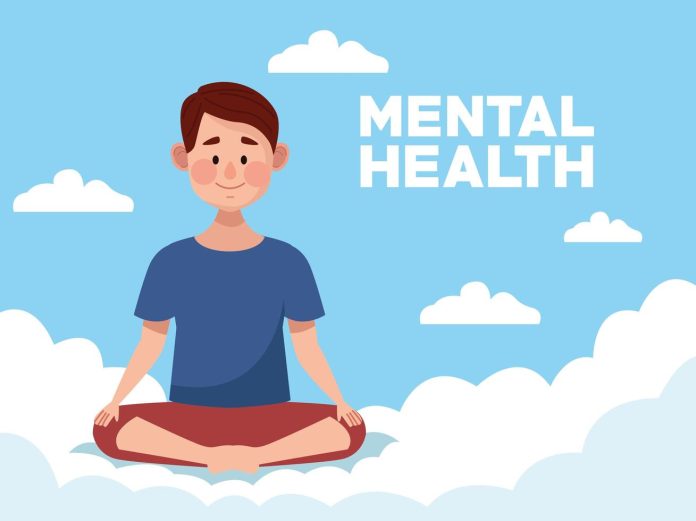In recent years, the link between crafting and improved mental health has gained significant attention. From knitting and painting to sewing and woodworking, engaging in creative activities has been shown to alleviate symptoms of stress, anxiety, and depression. This article explores why crafting is not just a hobby but a form of therapy that promotes mental wellness.
Stress Reduction and Mindfulness
Crafting requires focus and concentration, often drawing your full attention to the task at hand. This intense concentration can create a state similar to meditation, where daily worries are set aside, allowing you to live in the moment. The repetitive motions involved in activities like knitting or embroidery can be especially soothing, serving as a form of mindfulness that reduces stress and promotes a calm state of mind. What’s more, you can find kits in a specialist haberdashery shop in London to get started easily.
Boosts in Mood and Self-Esteem
Completing a craft project provides a sense of accomplishment and pride, boosting self-esteem and creating positive feelings of fulfillment. The act of creating something tangible can help counter feelings of self-doubt or inadequacy, and displaying or gifting a finished piece can further enhance these positive emotions. Moreover, the vibrant colors and textures involved in many crafts can stimulate the senses, contributing to improved mood.
Cognitive Function and Neuroplasticity
Engaging in complex crafting activities challenges the brain, helping to build neural pathways and potentially slowing cognitive decline. It encourages problem-solving and critical thinking, which are crucial for maintaining cognitive health. For older adults, crafting can be an especially effective way to keep the mind engaged and active.
Social Connections and Community
Crafting often provides opportunities for social interaction, whether through community classes, online forums, or casual meet-ups. These social connections can be vital for those suffering from loneliness or social anxiety, providing a safe space to share interests and make friends. Additionally, many find support and recognition from like-minded individuals, which is particularly beneficial for mental health.
Emotional Expression and Processing
Crafts offer a unique outlet for expressing feelings that might be difficult to verbalize. Through choices in color, texture, and medium, crafters can manifest emotions and experiences in a physical form, which can be therapeutic in processing complex feelings. This expression through crafting can be particularly cathartic for individuals dealing with trauma or mental illness.
A Form of Distraction and Control
For individuals facing chronic anxiety or intrusive thoughts, crafting can serve as a distraction, providing a break from negative thinking patterns. The control over the creative process also empowers individuals, giving them a sense of control in their lives when other areas might feel chaotic or overwhelming.
Encourages Mind-Body Connection
Crafting can involve tactile activities that stimulate fine motor skills and hand-eye coordination. The physical act of creating can strengthen the connection between mind and body, promoting overall mental and physical health. It’s a holistic approach that nurtures both mental acuity and physical dexterity.
Conclusion
Crafting isn’t just a hobby; it’s a potent tool for mental health management and can significantly contribute to overall well-being. Whether as a hobby or a form of therapy, the act of creating has proven benefits that make it a valuable addition to anyone’s lifestyle, particularly for those looking to enhance their mental health.













